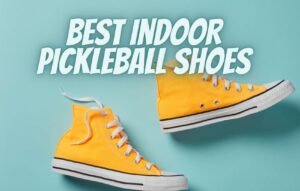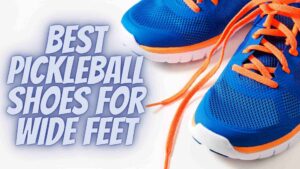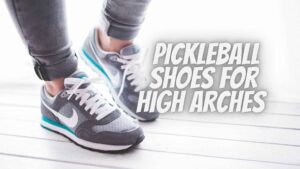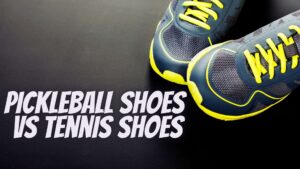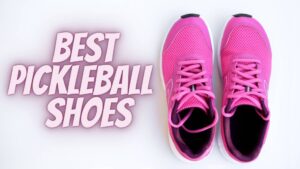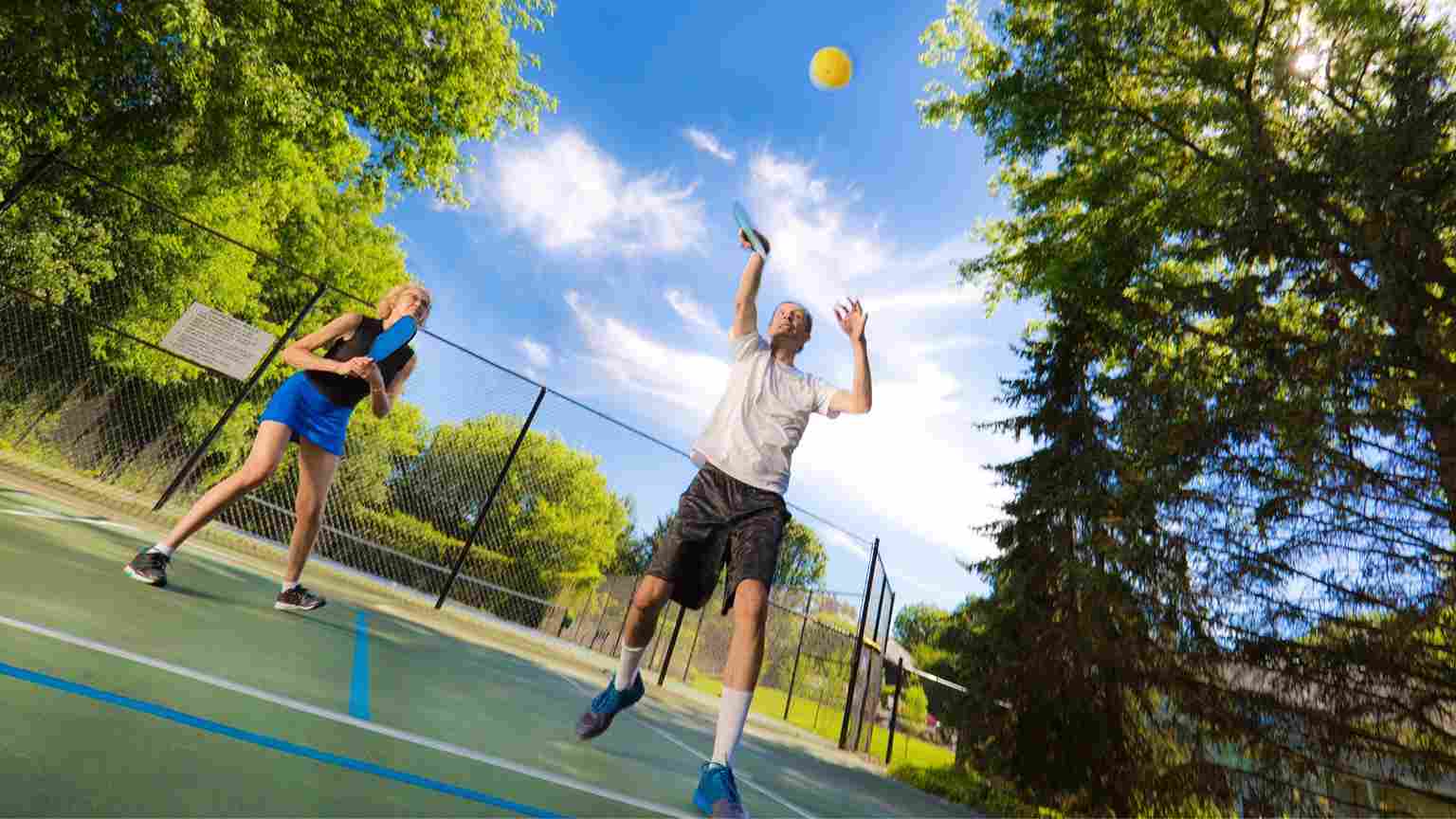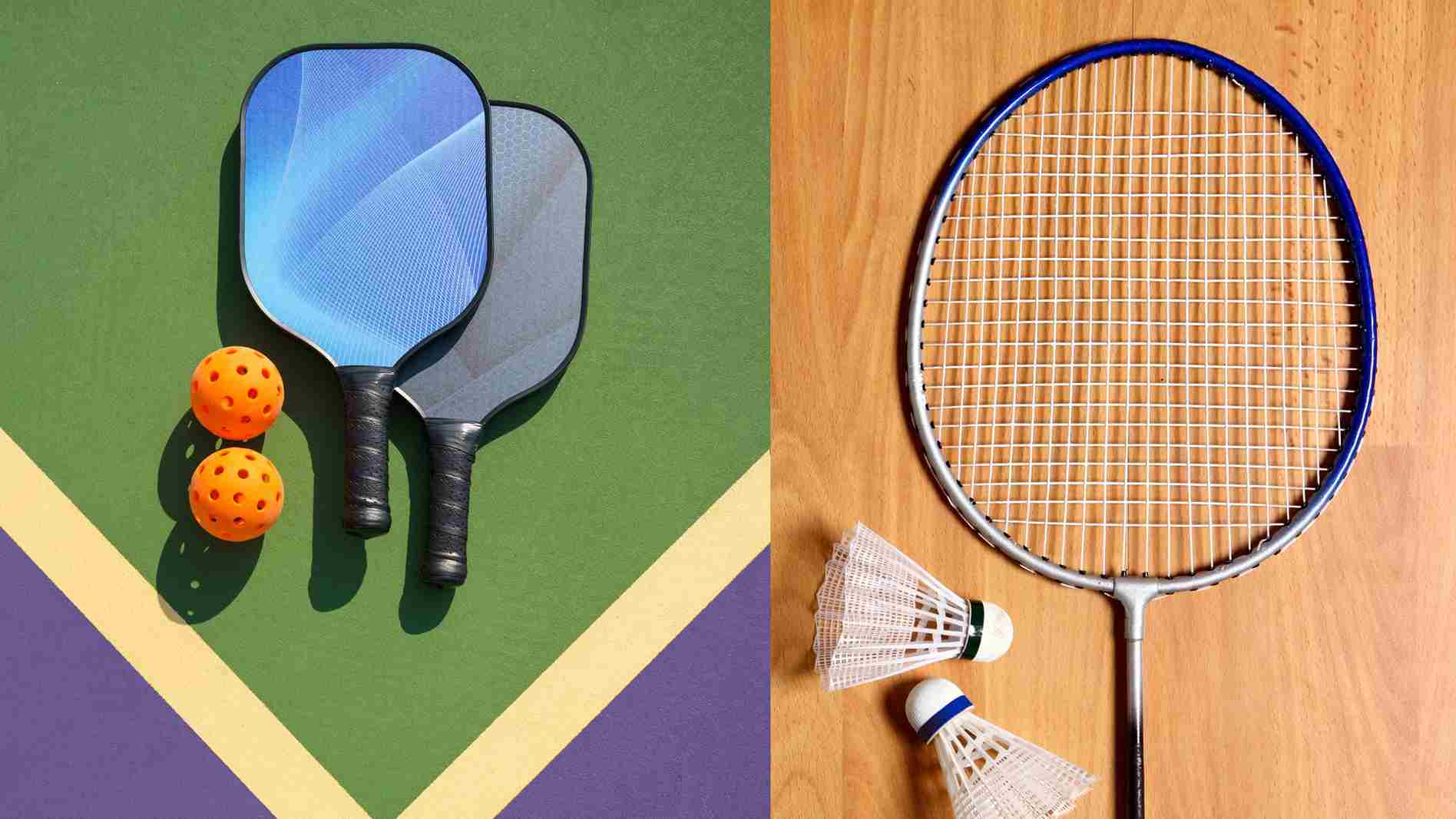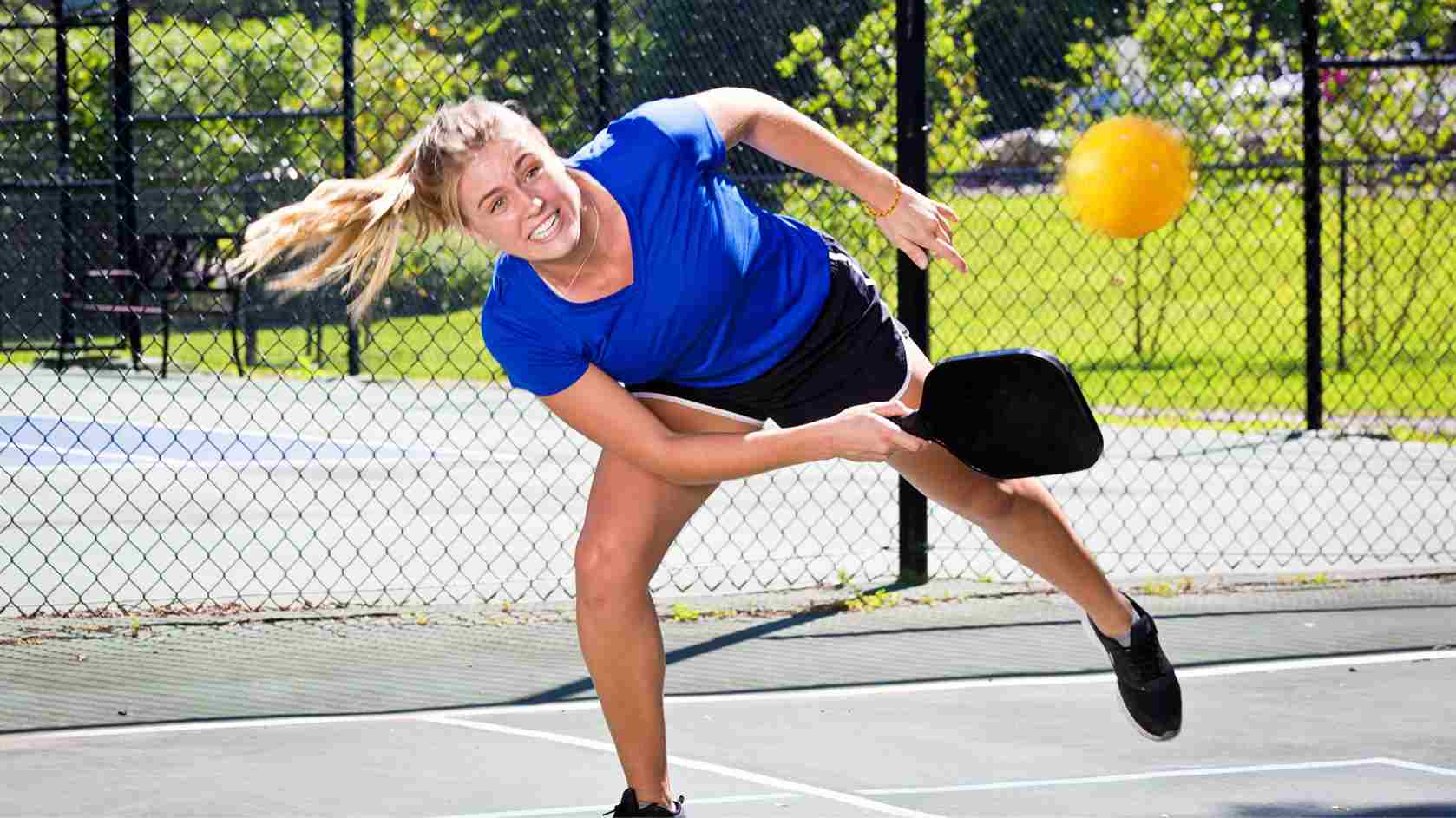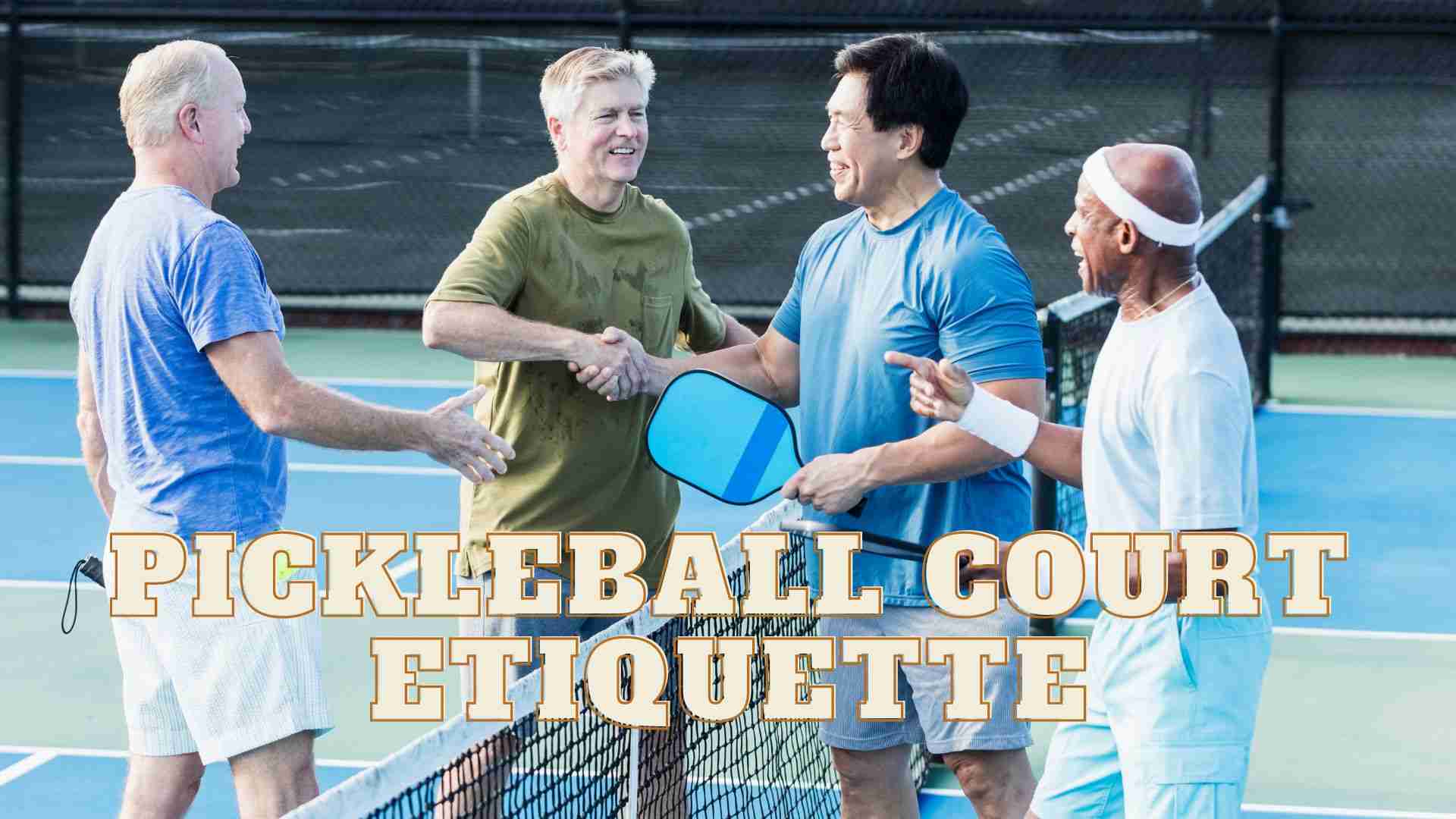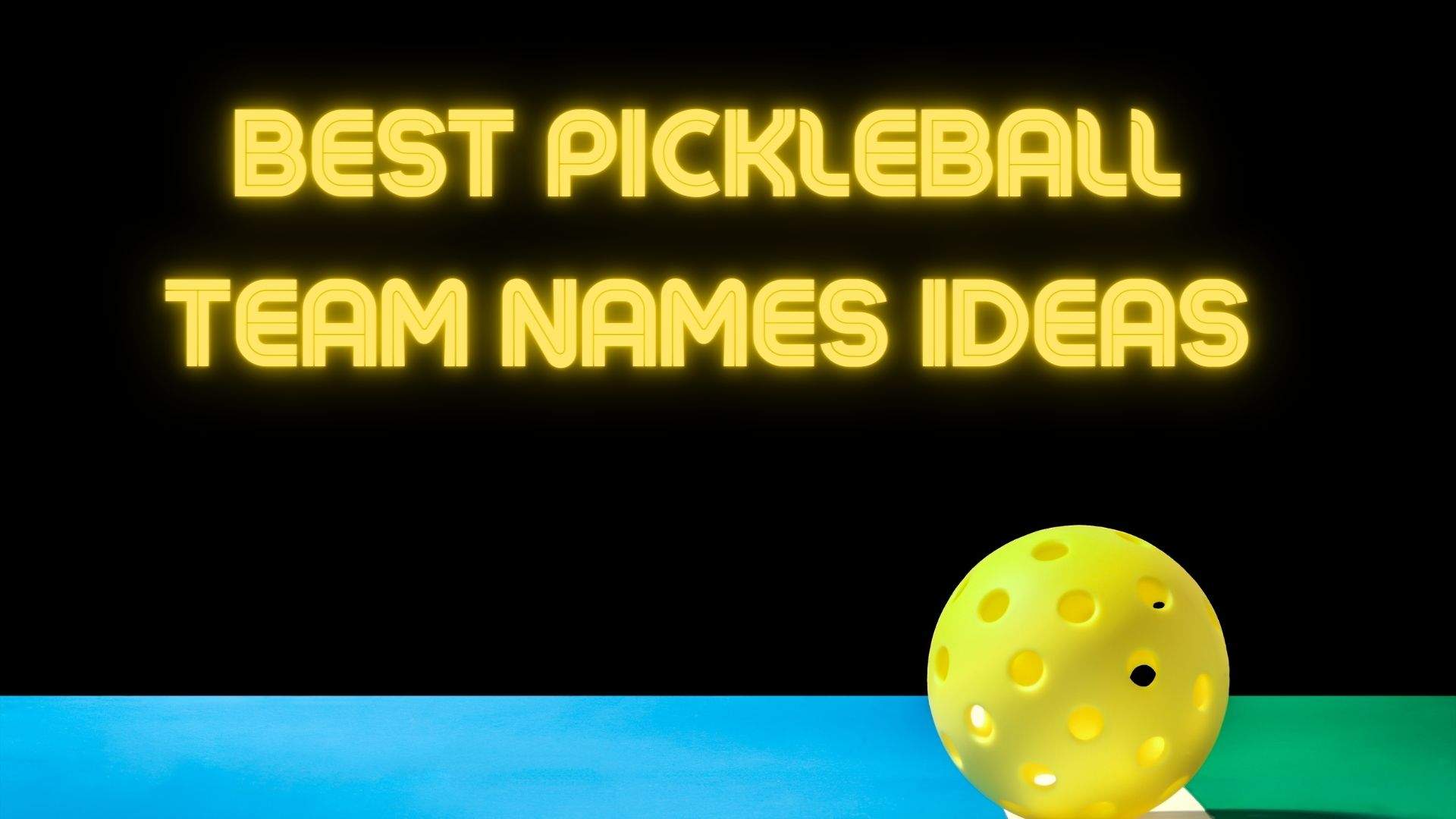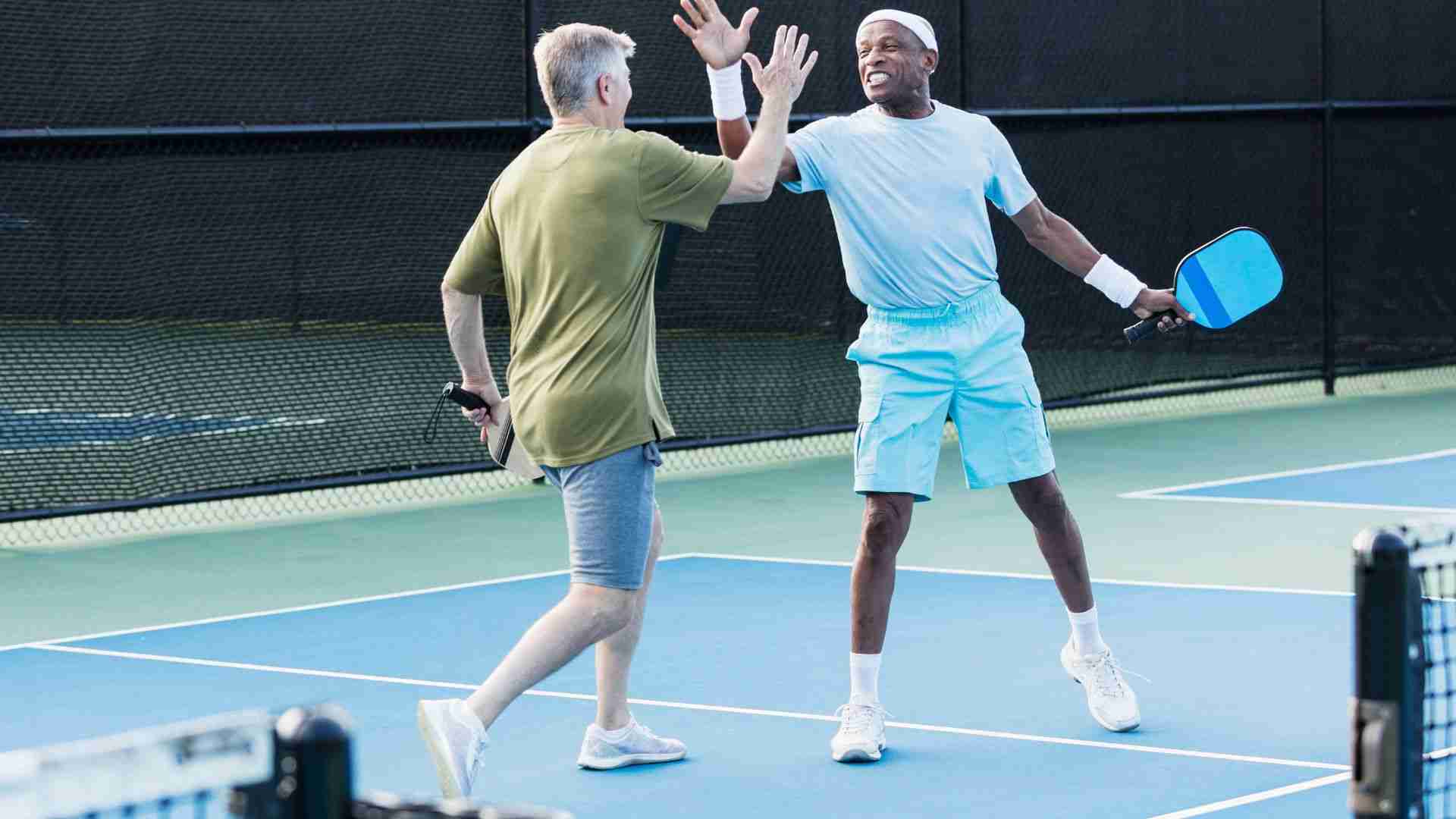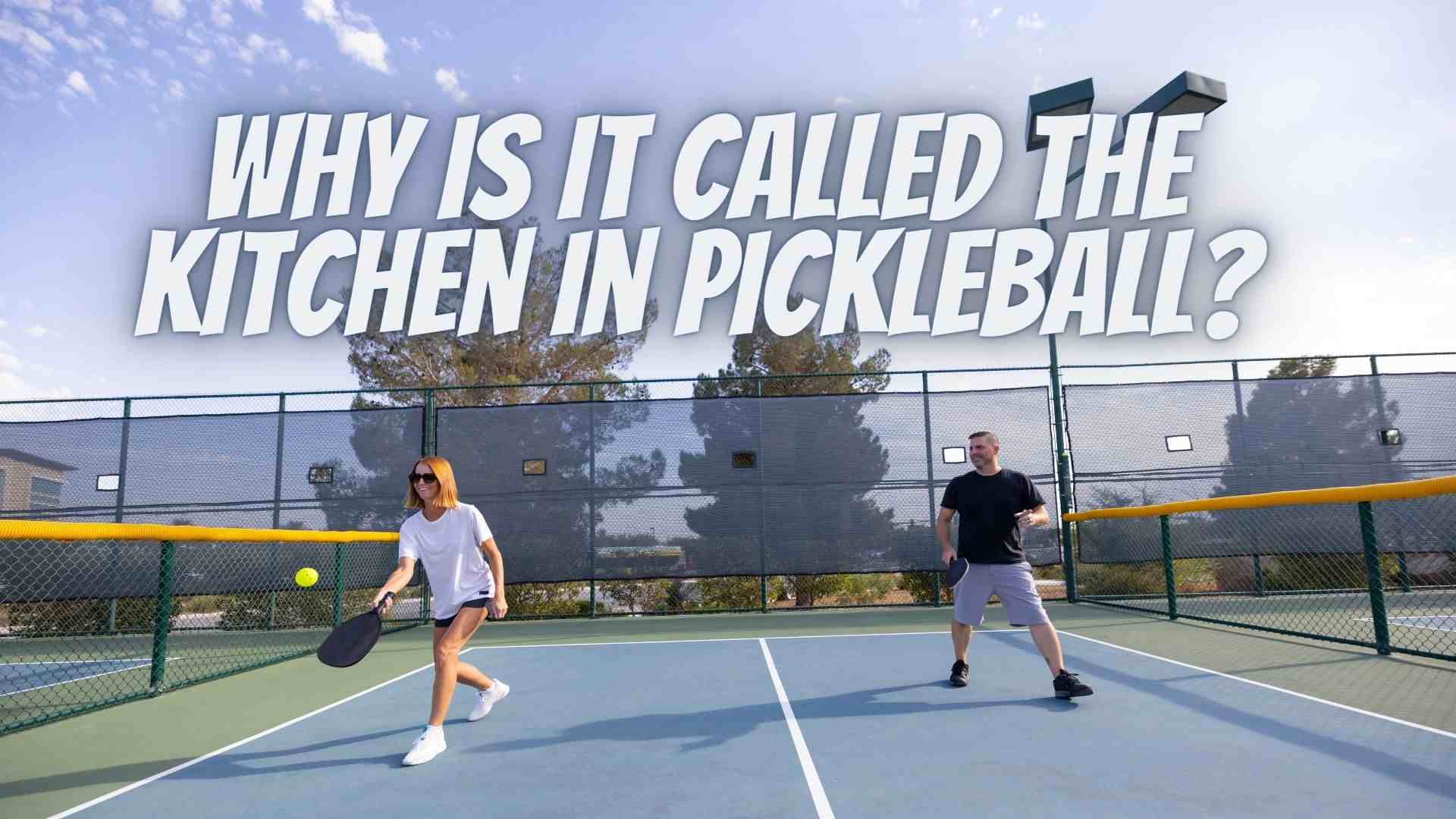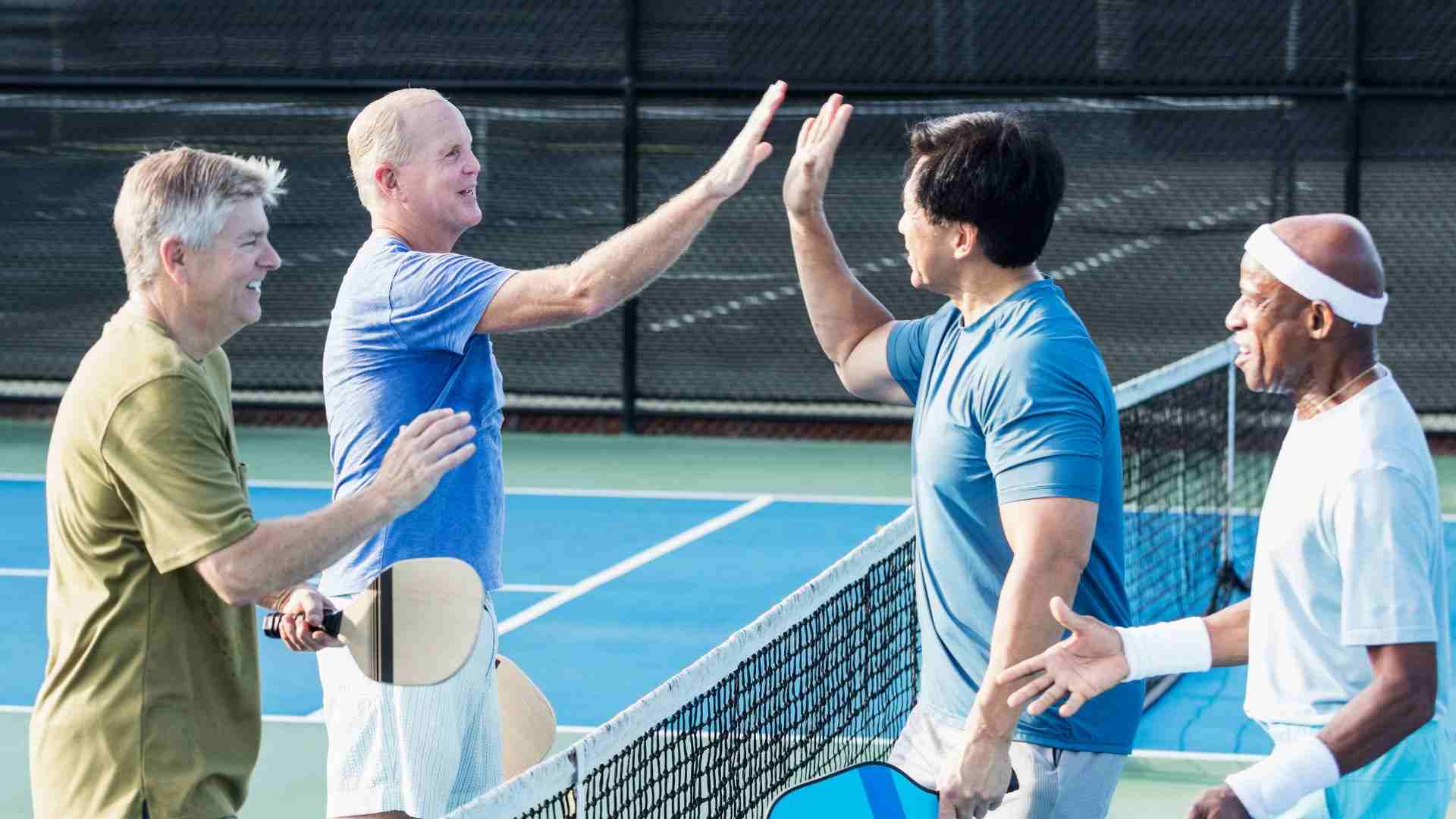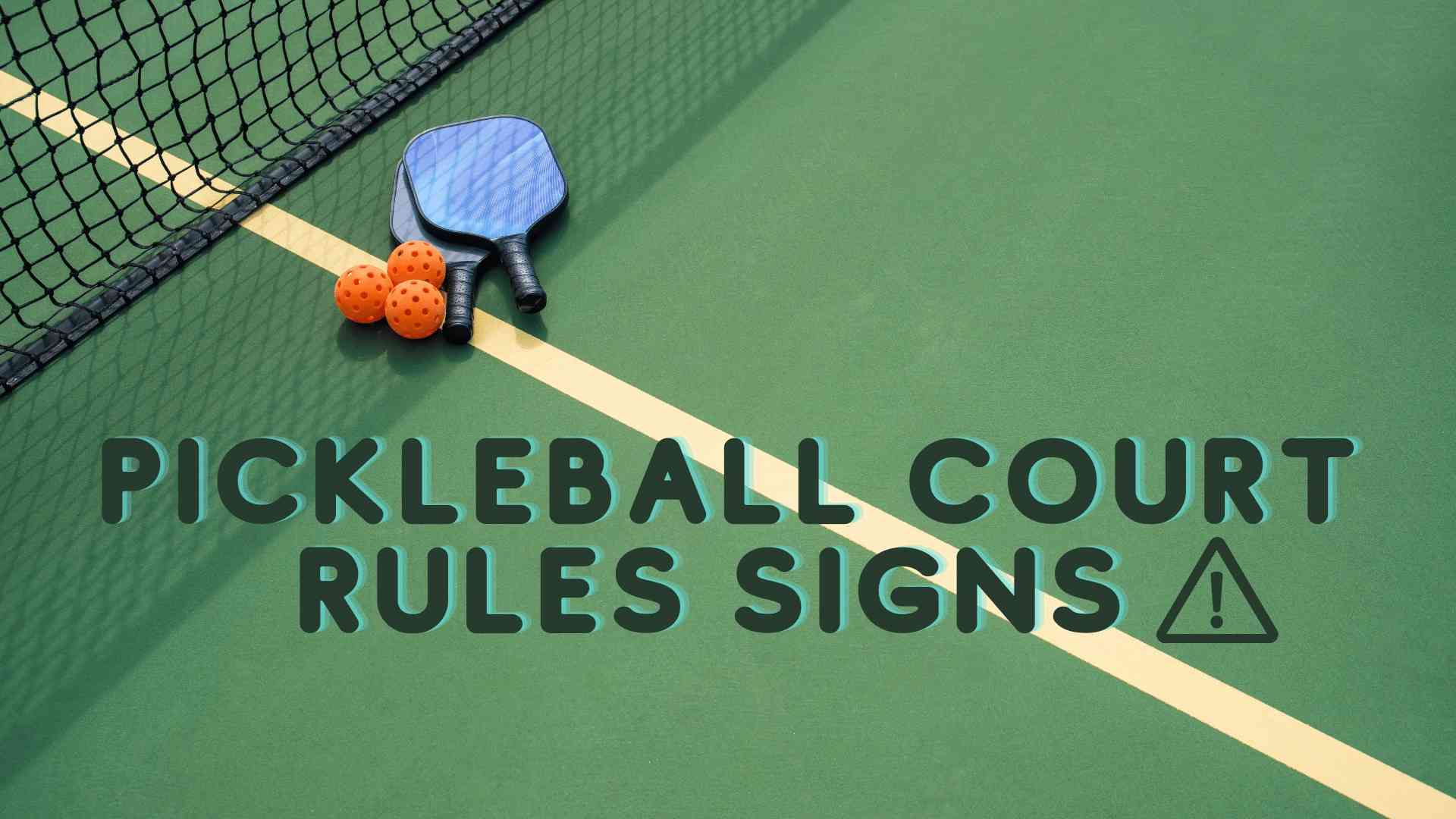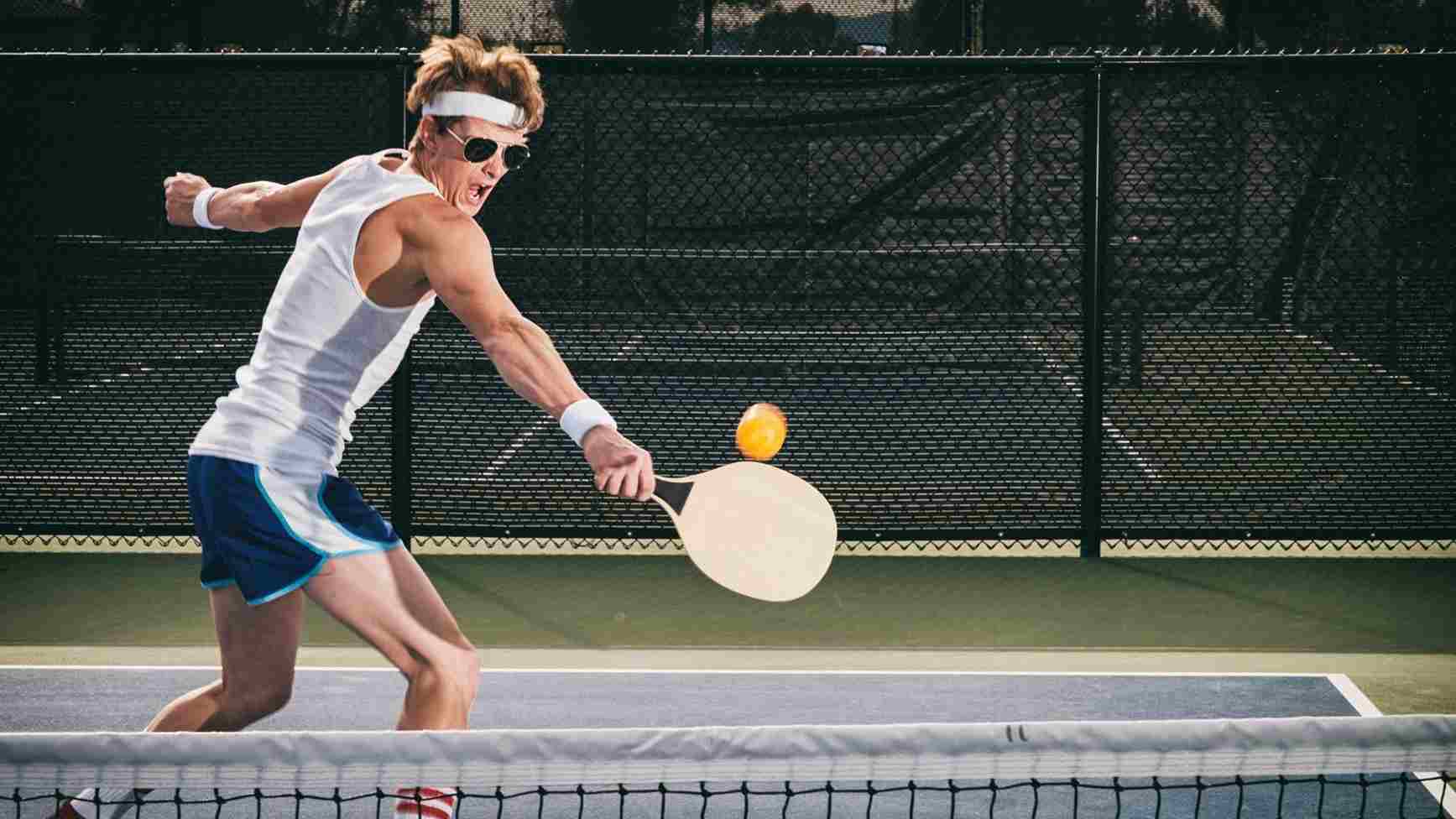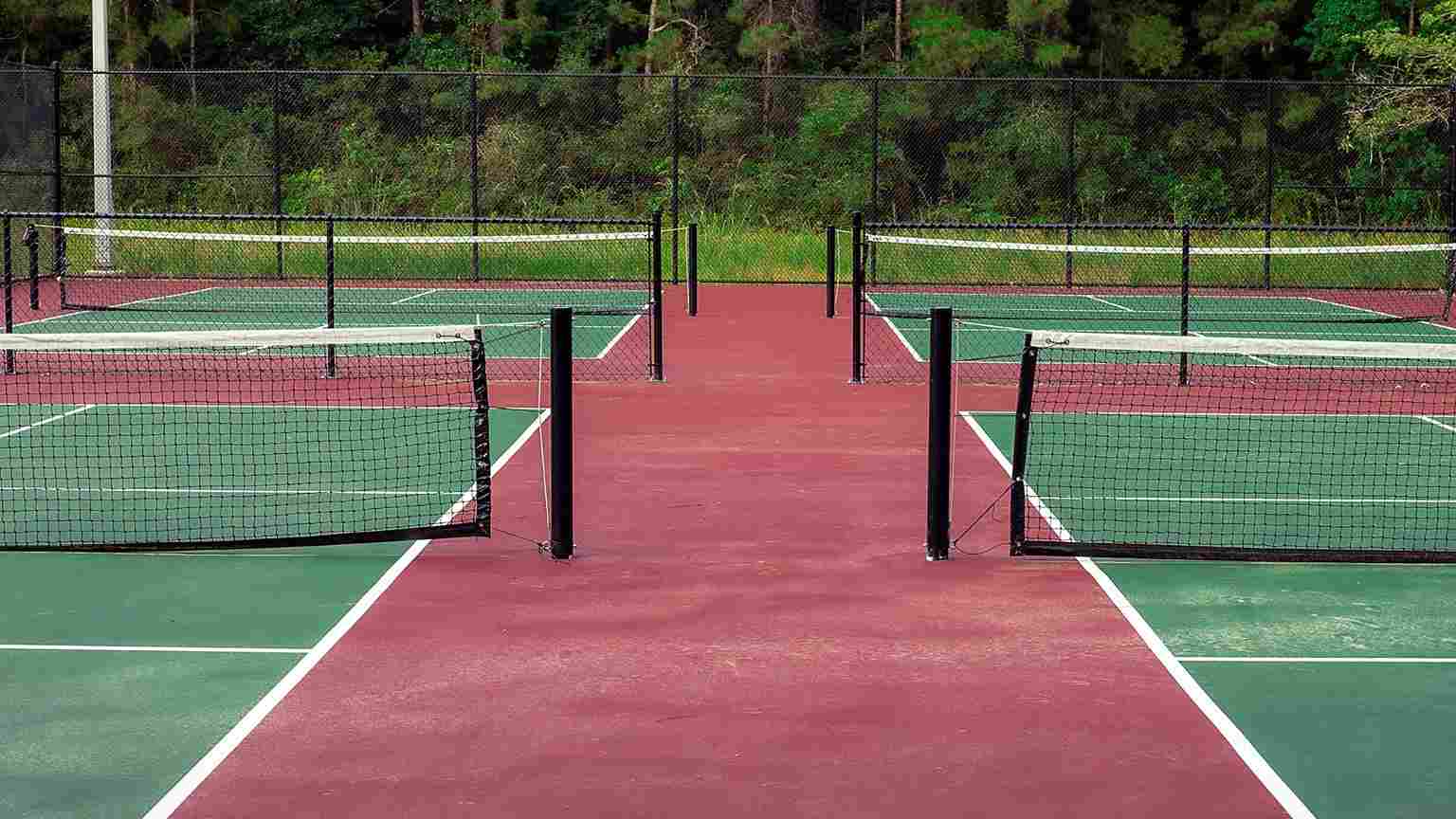
Pickleball ranks among the fastest-growing sports in the US. You may want to try it sometime and build your own pickleball court. But the main difficulty can be how to build it and what pickleball court surface materials to use on it. In that case, we’ve got you all covered with this guide.
An ideal pickleball court surface should be a pro-cushion surface. There are ten types of court surfaces for pickleball, including concrete, asphalt, and acrylic resins. One thing to keep in mind is that the ideal surface should be flat, smooth, consistent, and provide good traction and grip on contact.
Now, the question is, how often are you going to play pickleball? Do you have a proper pickleball surface, how much are you willing to spend on it, and do you know what the pickleball courts are made of?
When you’re all set to build your court, then there are certain factors like pickleball court surface, area, and cost to keep in mind besides knowing what is a pickleball court. There are some things mentioned below that you must keep in consideration before deciding on the type of pickleball court surfacing.
- Is your court surface outdoor or indoor pickleball court surface?
- Are you planning to use the court professionally or recreationally?
- On the court, will you provide coaching?
- How often will the court be used?
- What is your budget like?
- Can you afford a pickleball contractor?
- Are you going to build a new pickleball court?
What Are The Best Pickleball Court Surface Materials
Now the most important question is, what pickleball court material should you choose?
You can choose anyone from the following options for pickleball surfaces.
- Tennis court surface.
- Clay.
- Asphalt.
- Concrete.
- Polyurethane surfaces with or without cushioning.
- Grass.
- A Pro-Cushion surface.
When pickleball court installers construct your pickleball court surface, they generally choose a surface that is going to be a specially designed polyurethane sports surface, with the option of extra cushioning like a pro-cushion surface.
Now when you’re provided with these options so you can pick any of them, and let’s take a look individually at each of the surface types.
1. Pro-Cushioned Surfaces
Cushioned pickleball court surfaces are designed to provide extra shock absorption and minimize stress, making them ideal for players with joint, hip, and knee issues or those who prefer a softer playing surface and cannot do jumping and crossing more often.
Cushion-strong Cushion courts are made from layers of rubber and other materials to provide maximum shock absorption. They are more expensive than other court surfaces but offer superior comfort and safety.
Playing pickleball on cushioned surfaces can allow you to recover more quickly after making a serve and get ready for another shot quickly. It allows you to reduce the pain and fatigue after you play pickleball.
A pro-cushion surface uses an acrylic coating, incorporating flexible acrylic granule binders or coarse rubber particles that provide built-in cushioning.
There is a big emphasis on creating a level playing surface that is both super comfortable for the player and also gives a consistent bounce, with shock-absorbing layers on the court to protect the player from impact injuries.
The surface is durable and offers a lot of comfort for a player while offering the most resilience for the player.
The surface provides another layer of protection for the player. If players fall, they are far less likely to suffer abrasions or injuries. They are durable and long-lasting without needing regular repairs, and it looks professional to play pickleball on them.
2. Asphalt
Asphalt pickleball courts are relatively expensive and easy to maintain. However, they can become slippery when wet and may not provide enough cushioning for players.
Asphalt surfaces are relatively fast, meaning that the ball bounces higher and travels more quicker on this surface. This can lead to faster gameplay, which some players prefer.
Asphalt provides good surface traction, and the surface texture can be adjusted during the installation process to ensure adequate grip.
Asphalt surfaces are relatively easy to maintain. Regular sweeping, occasional power washing and crack repair can help keep the court in good condition.
Asphalt is a long-lasting material that can withstand heavy usage and harsh weather conditions. It can resist cracking, erosion, and UV rays, making it a good option for outdoor pickleball surfaces.
3. Concrete
Concrete courts are cheaper than asphalt but offer better durability and a smoother surface. They are also less slippery than asphalt and can be painted to create a more visually appealing court.
Concrete courts offer a very tough and rigid surface which you can further cover with any coating or resurfacer.
A professional contractor can lay perfectly level concrete with no undulations or other defects on the surface. You can overlay concrete with a specialized surface, which can increase the grip for the player.
Specialized rubber matting can be laid over a concrete surface to increase the cushioning to protect the player’s joints.
Concrete is very hardy and durable, and a correctly laid concrete slab will withstand years of abuse and continue to provide a solid surface.
Acrylic Surfaces
You can also use acrylic surfacers of different types mentioned below to cover your concrete or asphalt courts. An acrylic surface helps in the following ways.
- Minimises surface glare.
- Keeps the concrete well preserved.
- Offers a consistent bounce and game.
- Contains silica sand for grip.
Acrylotex
Acrylotex is a court resurfacer used on indoor or outdoor courts that are laid over concrete or asphalt.
Depending on the type of grip you are looking for, there are a few different types, and each of them have a different surface texture. Obviously, you need a good grip for pickleball.
Presumably, for pickleball, you want a good grip.
Plexiflor
In addition to plexiflor, another acrylic coating that can also be applied over concrete or asphalt is Plexiflor, a smoother acrylic coating that has been reinforced.
It is textured, nonabrasive, and also good for all weather.
If you are experienced with laying flooring, you can lay pickleball flooring yourself.
It is possible to lay down rubber matting yourself as long as you have a concrete floor or a hard and flat surface to lay it on.
It is possible to choose either Acrylotex or Plexiflor if you are not interested in going with rubber flooring.
4. Pickleball Court Surface On A Tennis Court
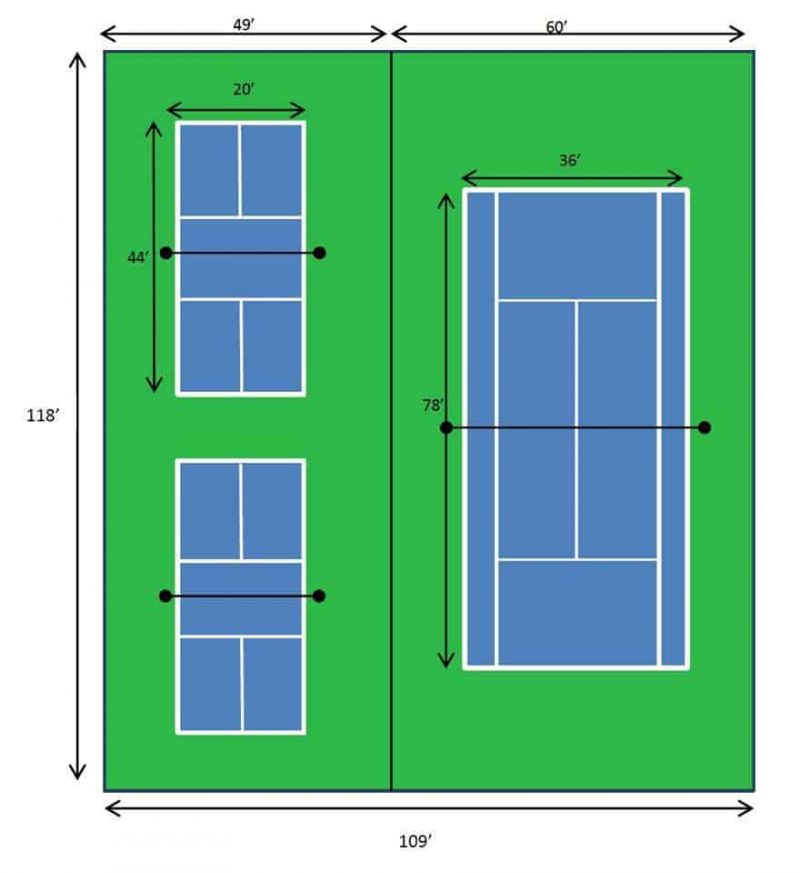
If you already have a tennis court somewhere at your home, club, or gym, then you can convert it into a pickleball court without getting into the hassle of choosing a pickleball court surface.
The pickleball court will be the same as the tennis court, and you can build up to four pickleball courts on them but make sure to leave appropriate space for players.
Tennis courts are usually made of clay or grass and have a hard surface. You just need to add a portable pickleball net and make temporary court lines.
You can read more on how to build a pickleball court on tennis courts.
5. Pickleball Court Surface On Grass
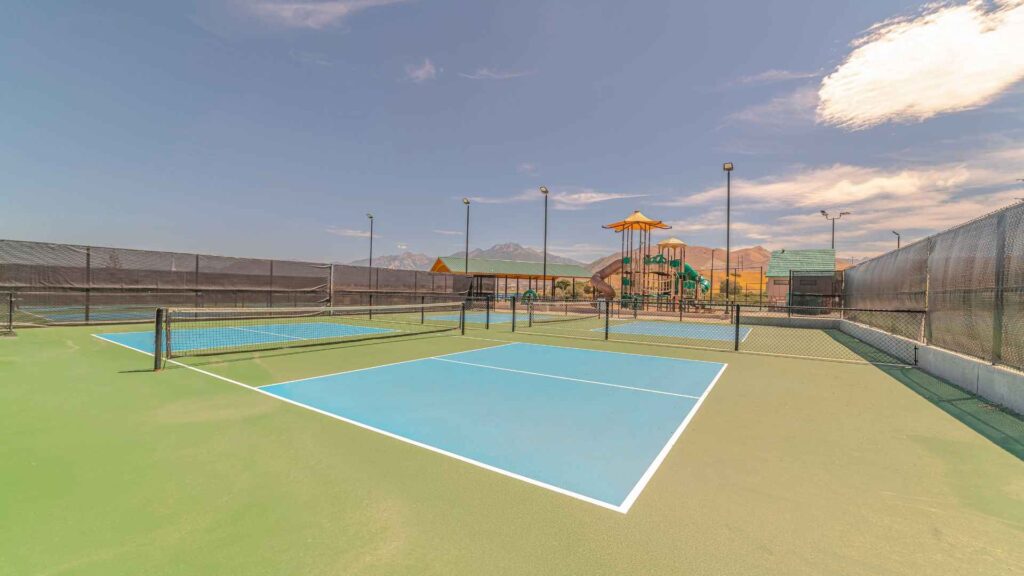
You can play pickleball on grass only if the grass is level on the surface and is not so high, and does not require leveling. Many people are successfully using grass as a court surface if they have plenty of it in their backyards.
The only problem with grass is that it requires precise maintenance and leveling to keep the surface hard and good to play for pickleball. This can be the only point because of which someone may not want to use it as a pickleball court surface.
The grass must be played on very frequently, or else it will lose the features which make it a suitable Pickleball surface.
The lines defining the pickleball court will have to be regularly reinstated, as with regular mowing, they will disappear.
Once level, the grass must be compacted to provide a sufficiently hard surface.
The bounce of a ball can be erratic on a grass surface.
6. Pickleball On A Clay Surface
The clay surface should be hard, firm, and compact. You can play on your own backyard clay if you roll the clay evenly throughout the surface and make sure it’s level and even all over the surface (to ensure that the clay bounces evenly) if you’re playing on your own backyard clay.
If you already have a tennis court made of clay, then it will be perfectly leveled already, and you’ll not need to make any rectifications to it.
Only remember that clay can wash away if it rains heavily, and you’ll have to again mark the court lines and make the surface hard.
Conclusion: Pickleball Court Surfaces
There are several types of materials that can be used to create a pickleball surface, including asphalt, concrete, synthetic turf, and acrylic. Asphalt and concrete are durable and low-maintenance pickleball court surface options but can be hard on players’ joints.
Synthetic turf provides cushioning and requires little maintenance but can be expensive. The acrylic surface is a popular option as it is durable, easy to maintain, and provides good traction for players. Ultimately, the material chosen for the pickleball court surface should provide a safe and enjoyable experience for you.


